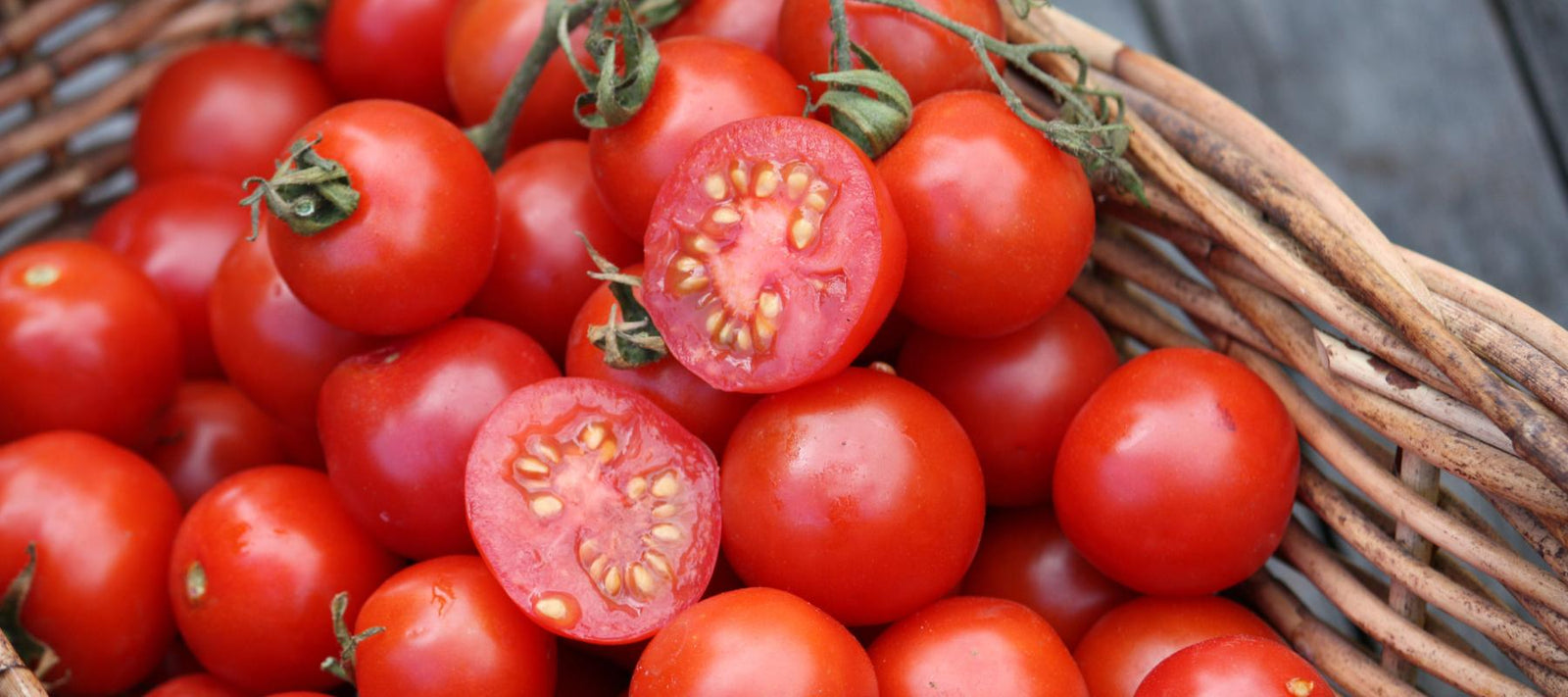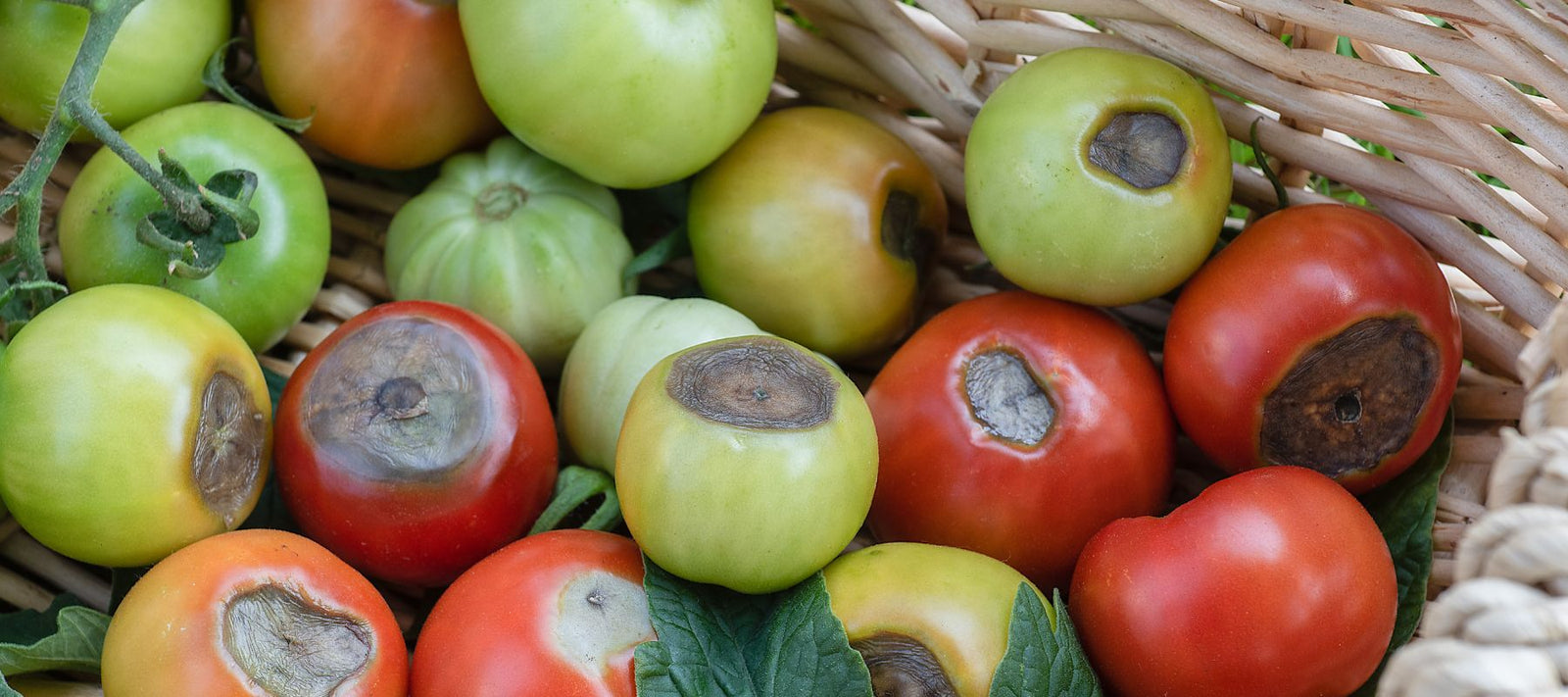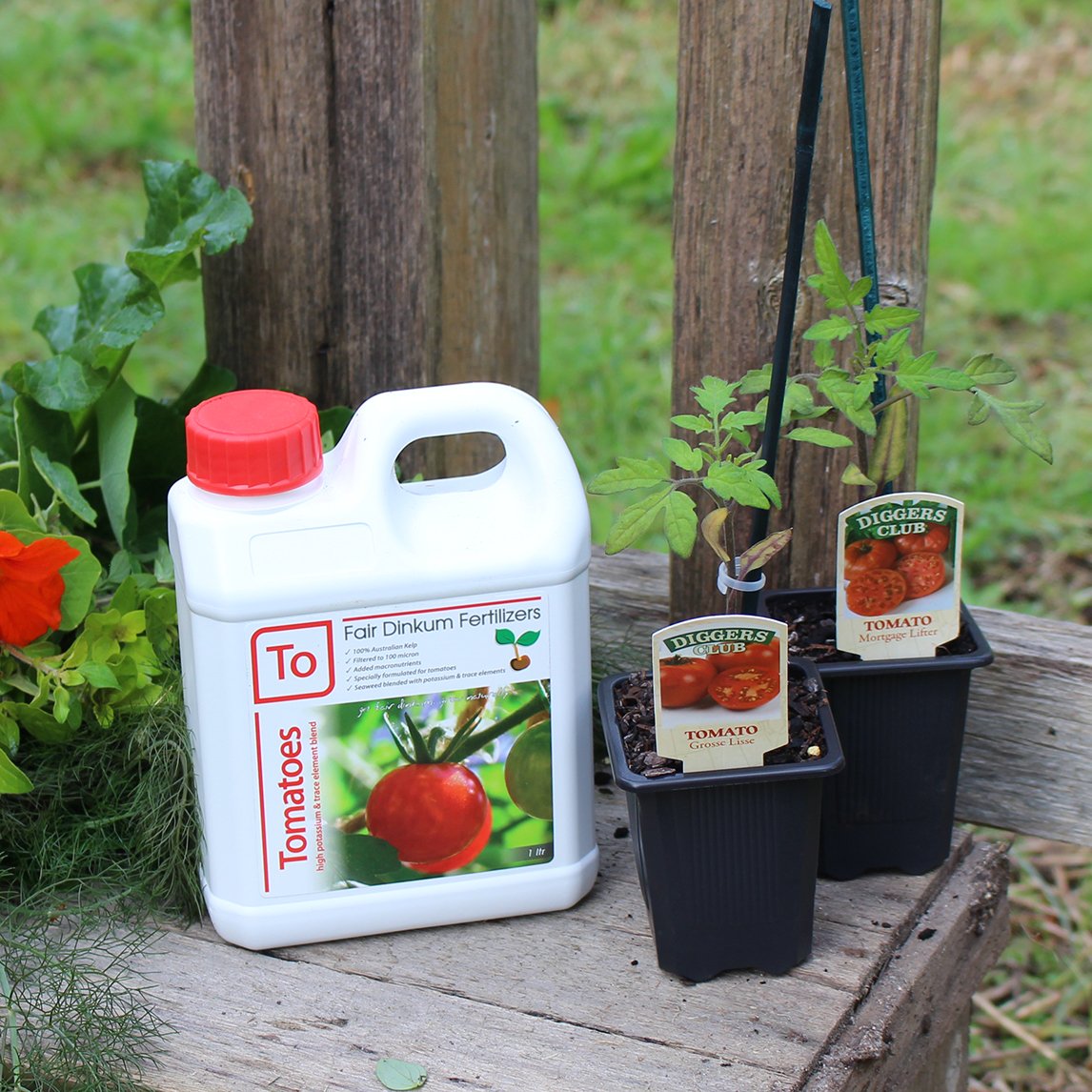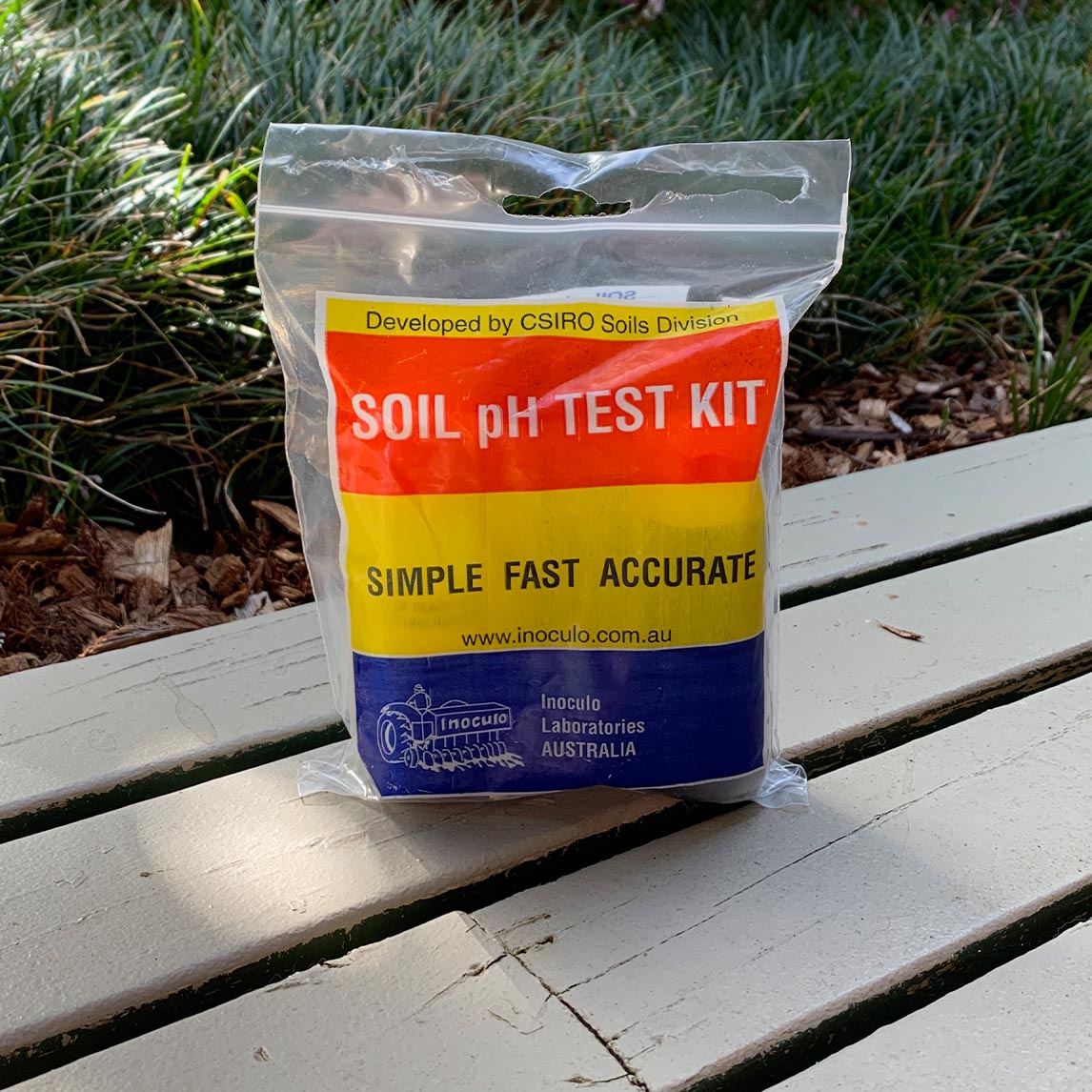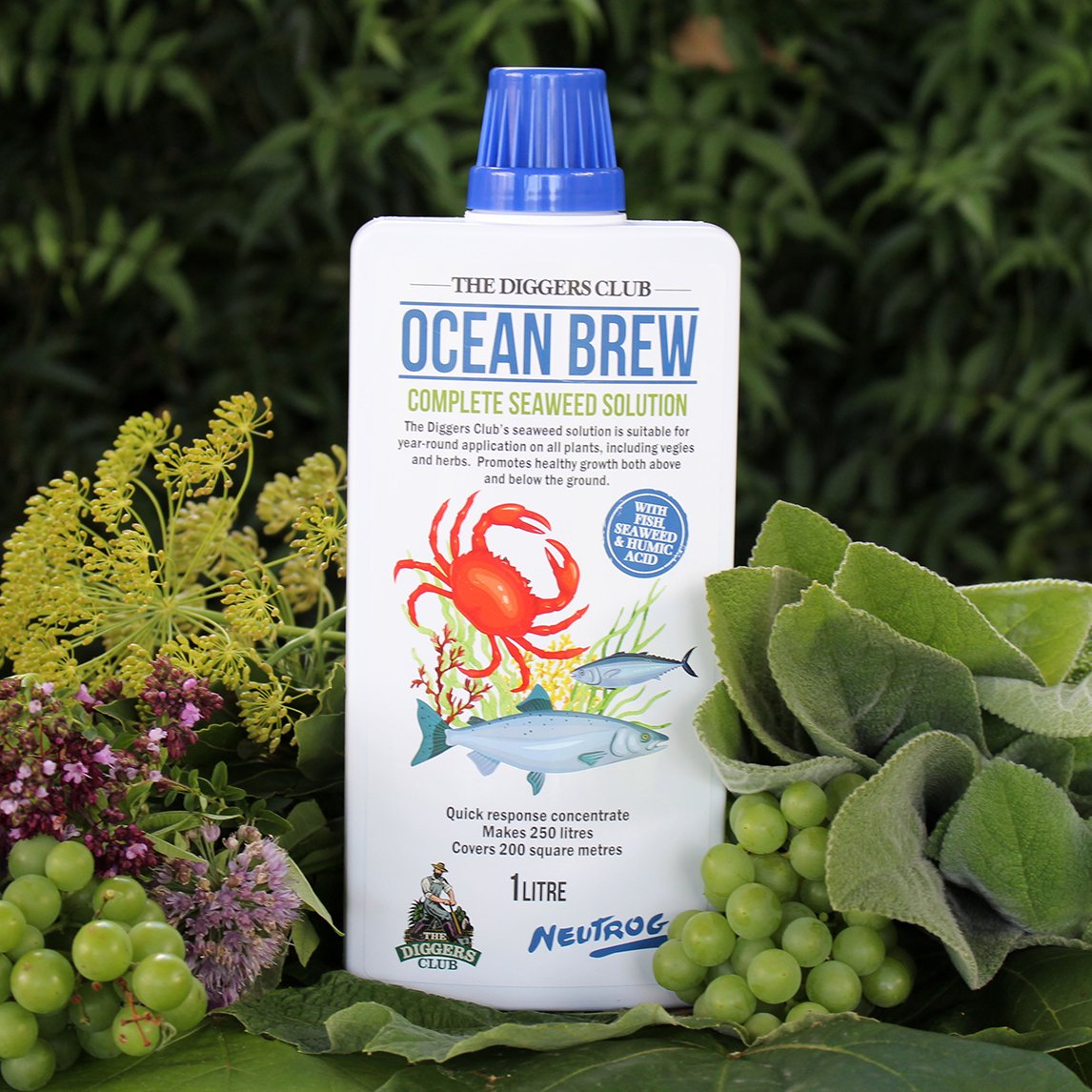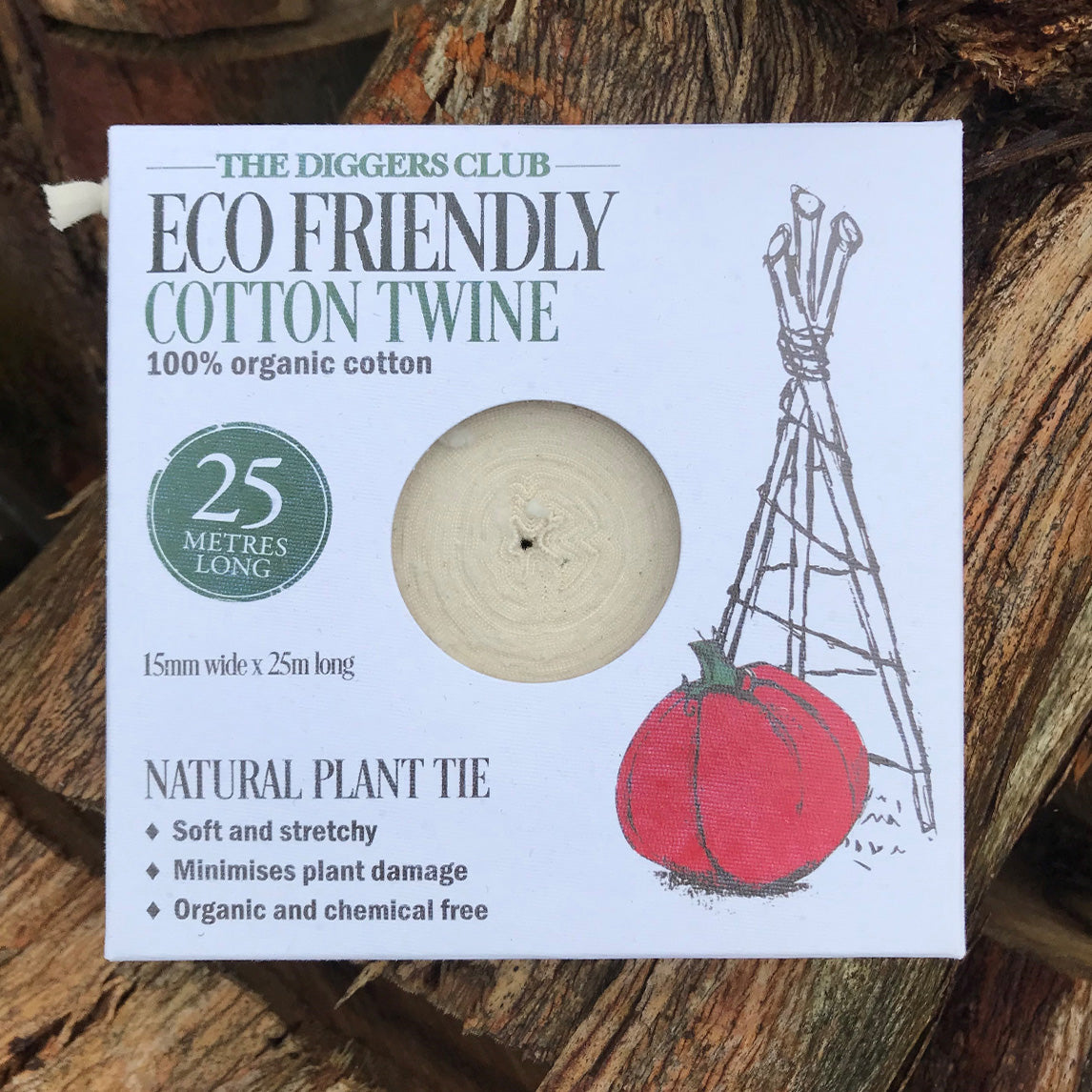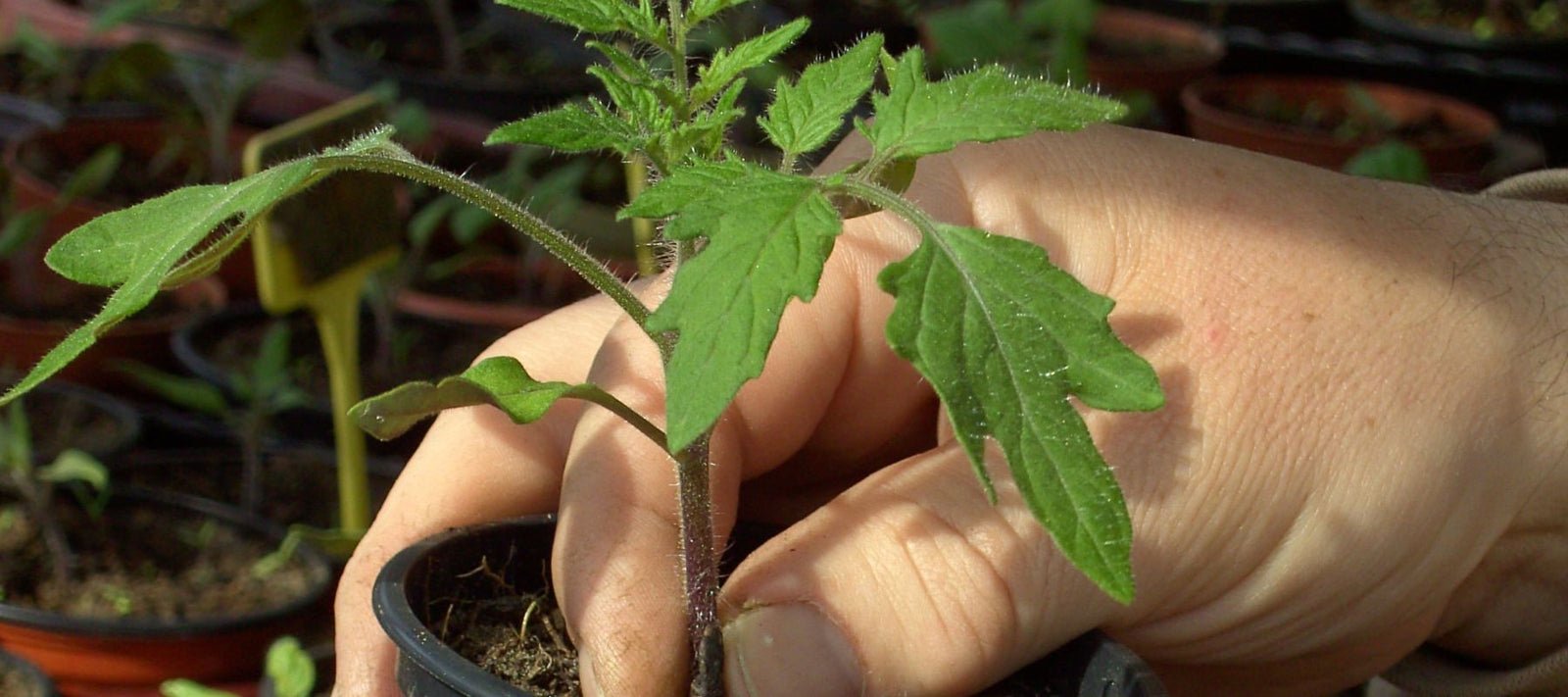
Tomatoes are easy to grow, but if you would like a jumpstart when you transplant your seedlings, improve your soil and watch you tommies grow.
It is a good idea to grow tomatoes in a position where a nitrogen hungry plant such as broccoli or other brassicas have been grown over the winter. This depleted soil will grow strong, healthy, and productive tomato plants without high vigour. Conversely, nitrogen-rich soils will promote leaves at the expense of fruit.
Try to avoid planting tomatoes in beds that have had fungal diseases issues in the past or in the same area for a few years. Tomatoes are very prone to blossom end rot. This is caused by a lack of calcium in the cell wall, due to a lack of calcium availability in the soil, or irregular watering. Adding a small amount of garden lime can help boost calcium levels in the soil.
All tomatoes like to grow in positions with at least six-eight hours of sun a day for loads of fruit and healthy foliage, so the first consideration is to ensure your tomatoes are growing in the correct position.
Tomatoes love compost and a soil pH between 6.5-6.7. Add straw mulch on top to retain moisture and prevent weeds. You shouldn’t need to fertilise your tomatoes again until flowering if the soil has been prepared well.
Never let the soil dry out with tomatoes, especially during the flowering and fruiting stages!
You want to encourage vigour with tomatoes, so they are less susceptible to attack by pests and disease. As the plants flower, apply a fertiliser for flowering and fruiting such as Fair Dinkum Liquid Seaweed for tomatoes to ensure a bumper harvest.



